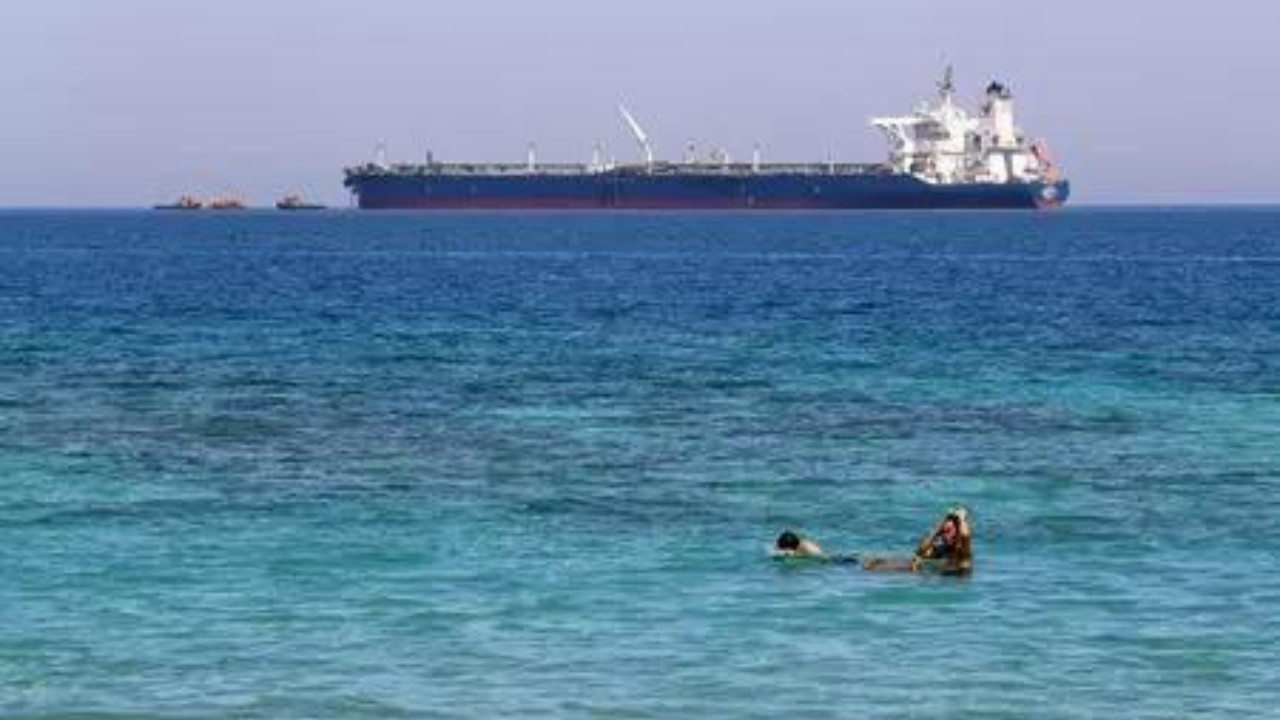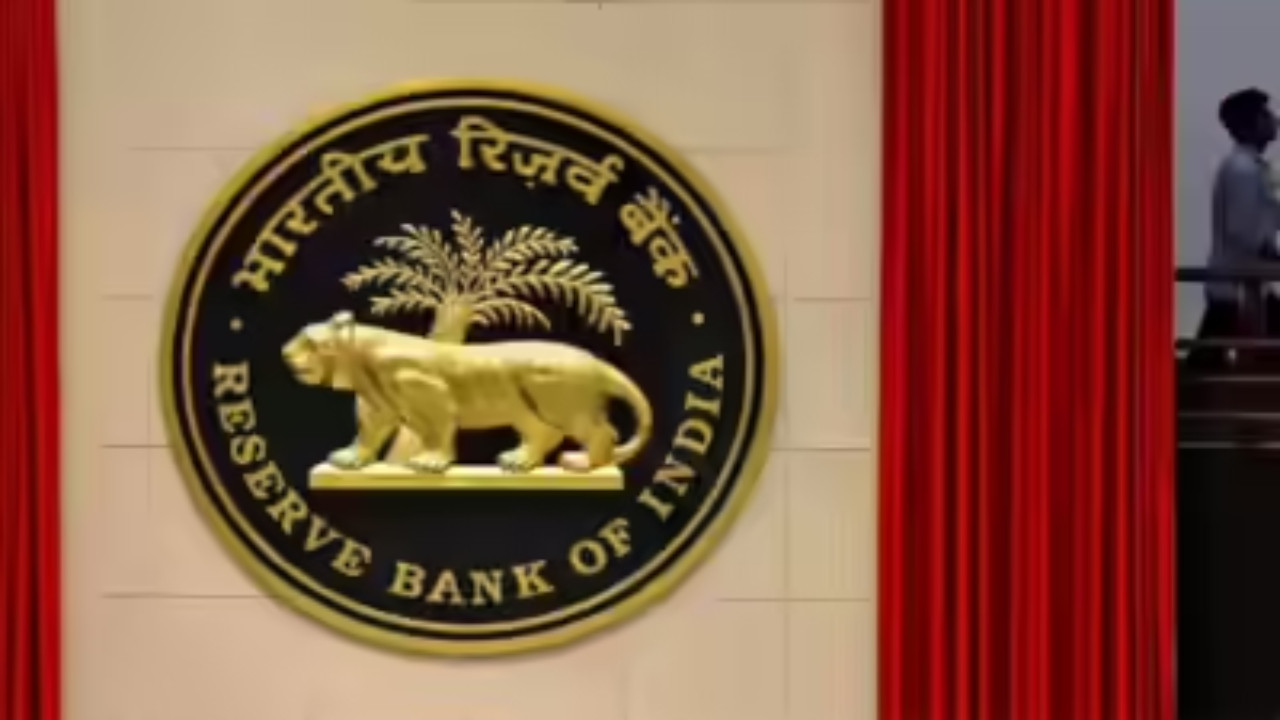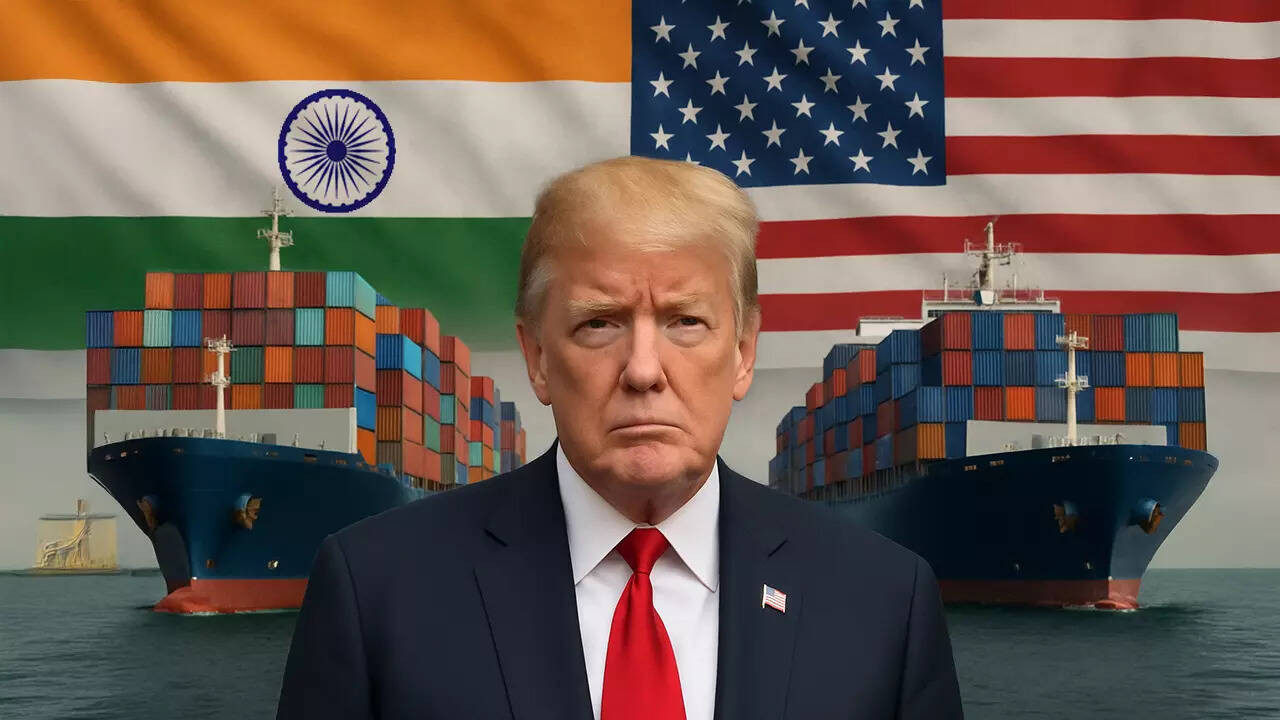Indian export shipments are cautiously resuming through the Red Sea corridor after months of disruption due to Houthi militant attacks. This vital route, crucial for trade with Europe and the US, saw vessels rerouted around Africa, increasing costs and delays.
The Red Sea’s Calmer Waters: A Sigh of Relief for Indian Exports
Remember when headlines were dominated by fears of supply chains grinding to a halt? When every ship passing through the Red Sea felt like a gamble against potential attacks? Those were tense times for global trade, and particularly nerve-wracking for Indian exporters. But the winds, it seems, are shifting – albeit cautiously.
The buzz right now is cautiously optimistic. The article whispers of a return to normalcy, of Indian exports tentatively resuming their journey through the Red Sea. It’s not a sudden deluge, a complete reversal overnight, but a gradual trickle, a renewed confidence creeping back into the market. And honestly, after the past few months, that’s a victory in itself.
For weeks, the Houthi rebel attacks in the Red Sea forced shipping companies to reroute their vessels, adding weeks to journeys and significantly inflating costs. Imagine being a farmer in Punjab, eagerly awaiting payment for your exported wheat, only to be told the ship carrying your goods is circling the Cape of Good Hope, racking up extra expenses and delaying everything. It’s not just about the money; it’s about the disruption, the uncertainty, the potential spoilage of perishable goods. The ripple effects were being felt across industries.
The rerouting was more than just a detour; it was a hit to competitiveness. Indian exporters, already facing stiff competition from other Asian nations, suddenly found themselves at a disadvantage. The increased transit times meant longer lead times, making it harder to fulfil orders promptly. And the higher shipping costs? They ate into profit margins, making Indian goods less attractive to international buyers. Let’s face it, in the global marketplace, every penny counts.
So, what’s changed? While the article avoids outright declarations of peace, it hints at a de-escalation of tensions, a fragile stability allowing shippers to reassess the risks. Perhaps the increased naval presence in the region has offered a sense of security, or maybe diplomatic efforts are bearing fruit behind the scenes. Whatever the reason, the shift is palpable.
This isn’t to say the Red Sea is suddenly a completely safe harbor. The situation remains fluid and unpredictable. Prudence is still the name of the game. Shippers are likely adopting a measured approach, monitoring the situation closely and potentially utilizing armed guards or other security measures to mitigate risks. We’re not popping champagne bottles just yet, but we’re definitely breathing a little easier.
The implications for the Indian economy are significant. A smoother flow of exports through the Red Sea could translate into increased foreign exchange earnings, a boost to manufacturing and agriculture, and a generally healthier trade balance. It’s a shot in the arm that the Indian economy could certainly use, especially as it navigates the complexities of a rapidly evolving global landscape.
Think about the impact on specific sectors. The textile industry, a major exporter from India, relies heavily on efficient shipping routes. A stable Red Sea route allows them to meet delivery deadlines and maintain their competitive edge. The same goes for exporters of agricultural products, engineering goods, and pharmaceuticals. Essentially, a functioning Red Sea is a lifeline for a vast swathe of Indian businesses.
However, we shouldn’t become complacent. The recent disruptions serve as a stark reminder of the fragility of global supply chains and the importance of diversification. Relying too heavily on a single route leaves the entire system vulnerable to unforeseen events. Perhaps this crisis will spur Indian exporters to explore alternative routes, strengthen partnerships in different regions, and invest in logistical infrastructure that can withstand future disruptions.
Moreover, this situation highlights the interconnectedness of the global economy. A crisis in one part of the world can have profound consequences for businesses and consumers thousands of miles away. It underscores the need for international cooperation, diplomatic solutions, and a commitment to maintaining peace and stability in critical trade corridors.
Ultimately, the resumed flow of Indian exports through the Red Sea is a positive development, a sign that the worst may be behind us. But it’s also a wake-up call, a reminder that vigilance and adaptability are essential in navigating the complexities of global trade. The story of the Red Sea is far from over, and the coming months will be crucial in determining whether this tentative recovery can blossom into lasting stability. Let’s hope for smoother sailing ahead.
📬 Stay informed — follow us for more insightful updates!







